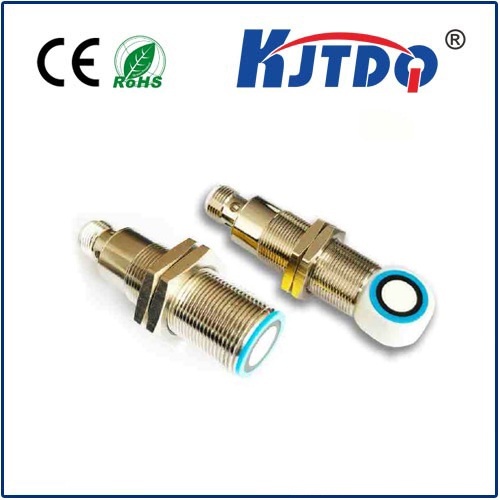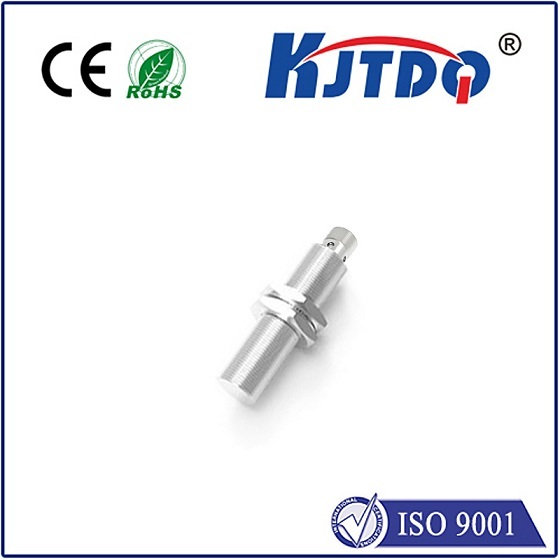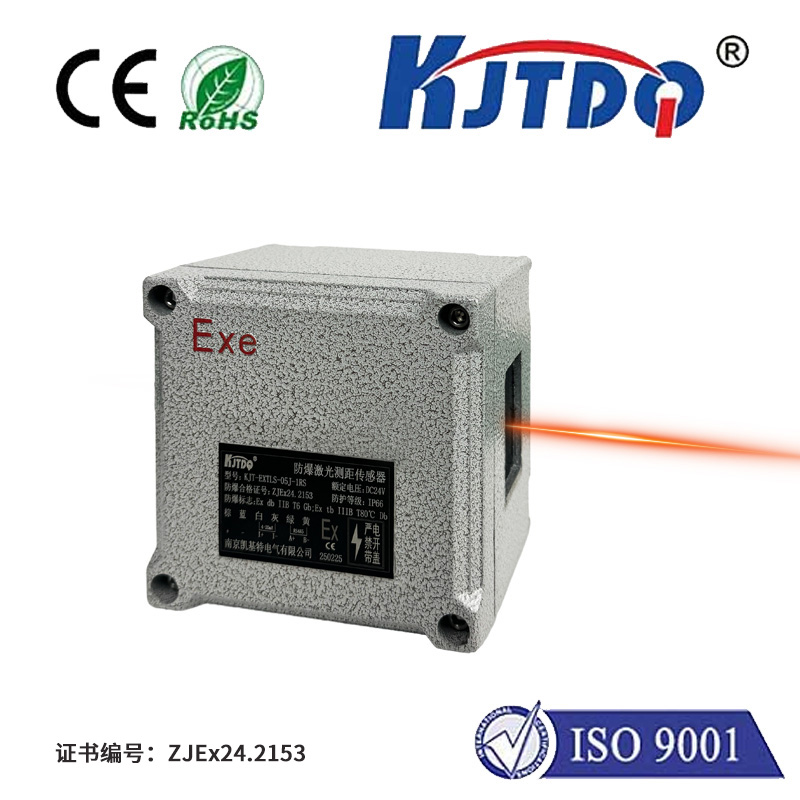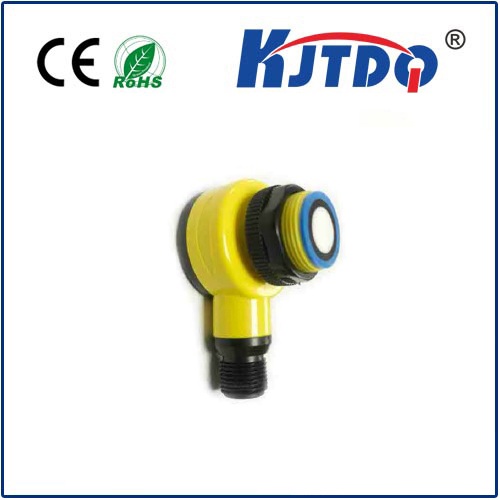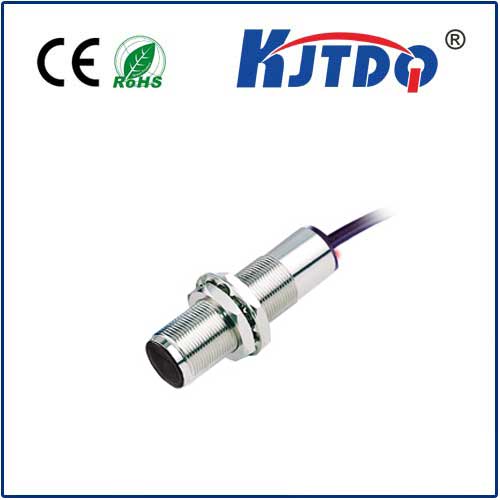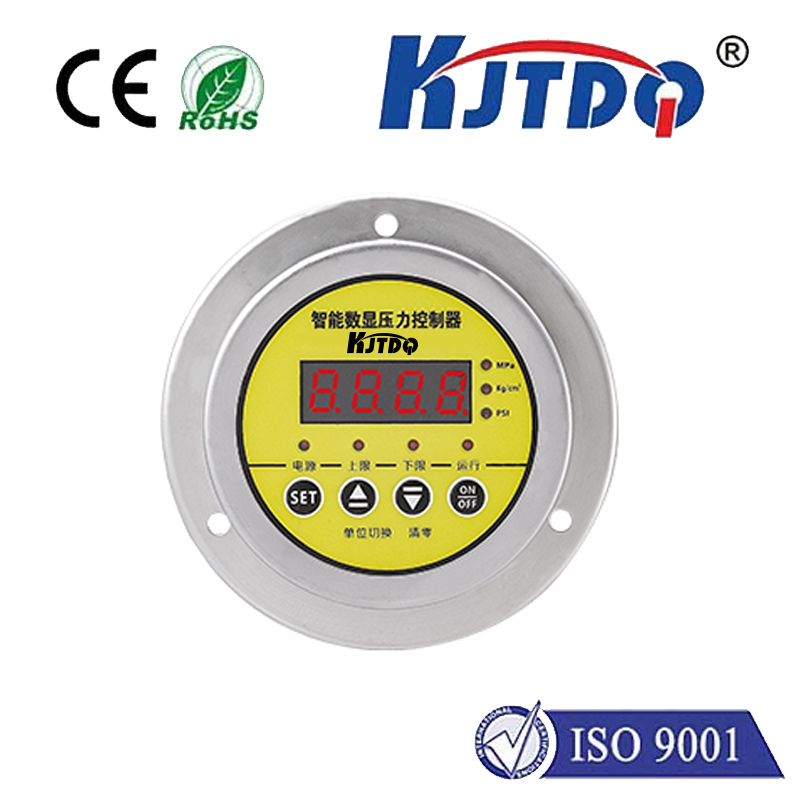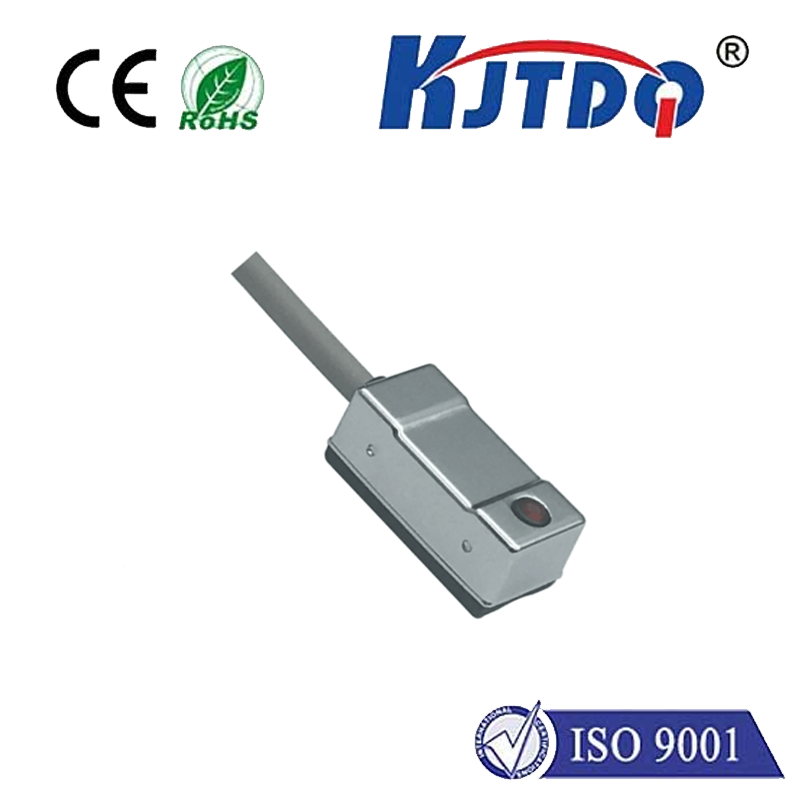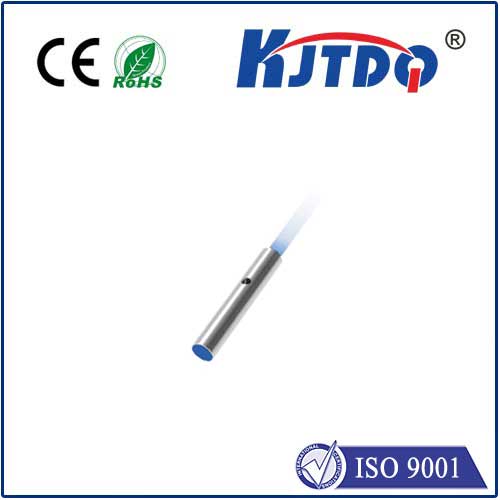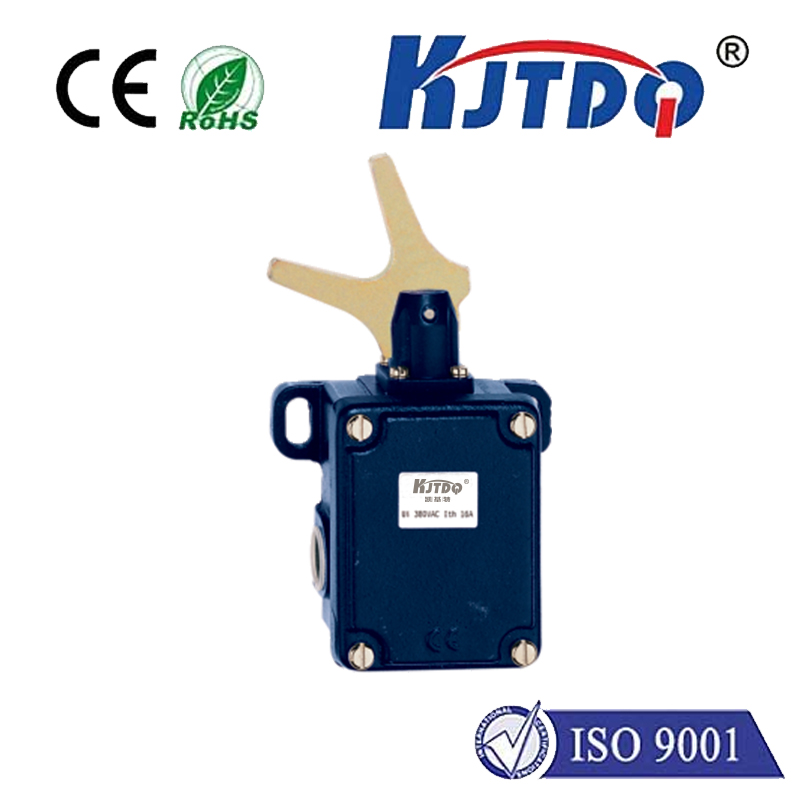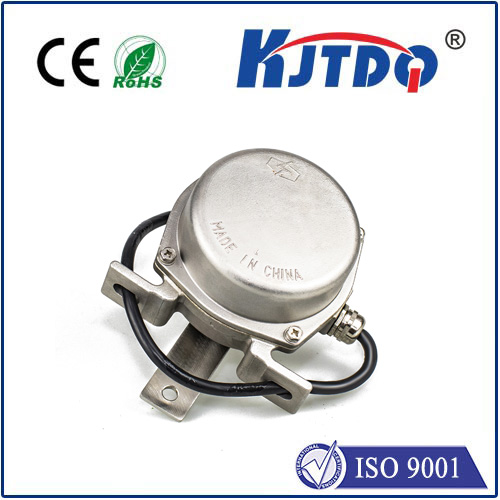imtex limit switch
- time:2025-08-04 13:10:56
- Click:0
Imtex Limit Switches: The Unsung Guardians of Safe and Efficient Machine Operation
Imagine a massive industrial press descending with crushing force. Or a high-speed conveyor belt transporting critical components. What prevents catastrophic collisions, overloads, or dangerous movements when mechanisms reach their intended endpoint or go astray? Often, the answer lies in a small but vital component: the Imtex limit switch. These precision devices are the silent sentinels, the crucial control points ensuring machinery operates safely, reliably, and within its designated parameters.
Fundamentally, a limit switch is an electromechanical device designed to detect the presence or absence of an object, or to monitor the position of a moving part. It acts as a trigger, sending a signal (usually by opening or closing an electrical circuit) when a machine component reaches a predetermined point in its travel. This signal is the cornerstone of automation control and machine safety, telling systems to stop, start, reverse, or initiate a sequence change.
The term “Imtex” signifies a specific manufacturer renowned within the industrial sector for producing robust and reliable components. Therefore, an Imtex limit switch represents a product line built with industrial demands in mind. Let’s delve into why these components are indispensable:
- Operational Control & Sequencing: At its core, the primary function is position sensing. Whether it’s confirming a robotic arm has retracted fully, a valve is in the closed position, a door is securely latched, or a lift platform has reached the top floor, the Imtex limit switch provides the essential feedback. This information is vital for sequencing automated processes accurately. Without it, systems would lack the fundamental data needed to progress from one step to the next.
- Critical Safety Override: Beyond mere sequence control, these switches serve as fundamental safety devices. They act as a last line of defense against over-travel, collisions, or potentially hazardous situations. For instance:
- Preventing a machine tool from moving beyond its physical limits and damaging itself or the workpiece.
- Ensuring a safety guard is in place before machinery can start its cycle (interlocking).
- Stopping a conveyor if a jam is detected or if an object protrudes beyond safe boundaries.
- Halting elevator movement precisely at floor level. This fail-safe function is paramount for protecting equipment, preventing costly downtime, and, most importantly, safeguarding personnel.
- End-of-Travel Confirmation: Many applications simply require knowing when a linear or rotary motion has reached its defined end point. Imtex limit switches provide this definitive signal, ensuring mechanisms stop precisely where intended.
What Sets Imtex Limit Switches Apart?

While the core function is universal, the quality, durability, and design features differentiate brands. Imtex typically emphasizes characteristics essential for harsh industrial environments:
- Rugged Construction: Built to withstand shock, vibration, extreme temperatures, dust, moisture, and corrosive atmospheres commonly found in manufacturing plants, material handling facilities, and heavy machinery applications. Robust enclosures (often metal like zinc alloy or stainless steel) offer vital IP ratings for ingress protection.
- Precision & Repeatability: Consistent and accurate actuation is critical for reliable machine control. Imtex switches are engineered for high repeatability, meaning they trigger at the same precise point consistently over countless cycles, ensuring process reliability.
- Long Mechanical Life: Industrial applications demand endurance. The internal mechanisms and contacts of Imtex limit switches are designed for millions of operations, minimizing the need for frequent replacements and associated downtime.
- Variety of Actuator Types: To interface effectively with different machine movements, Imtex offers a range of actuator options:
- Roller Lever: Ideal for sensing objects moving past the switch.
- Plunger (Push Rod): Activated by direct linear pressure.
- Rotary Lever: Suitable for detecting rotary motion or strokes.
- Wobble Stick (Flex Rod): Detects movement in any direction, useful for object presence detection.
- Forked Lever: Often used for detecting the presence or absence of items like labels or caps on a conveyor.
- Reliable Electrical Contacts: Available configurations (NO/NC - Normally Open/Normally Closed) and robust contact materials ensure dependable circuit switching under load, handling the electrical requirements of control systems. Options like snap-action contacts provide quick, clean switching regardless of actuator speed.
- Overtravel Protection: Good design incorporates mechanisms (like spring-loaded levers) to absorb excess force beyond the actuation point, preventing damage to the switch internals during unexpected impacts or misalignment – a key feature for longevity.
Applications Spanning Industries
The versatility of Imtex limit switches makes them ubiquitous across numerous sectors:
- Manufacturing Automation: Robotics, assembly lines, CNC machines, presses, injection molding machines (door safety, ejector position).
- Material Handling: Conveyor systems (jam detection, end-of-line stops, diverters), automated storage and retrieval systems (AS/RS), palletizers, overhead cranes (end-of-travel limits).
- Packaging Machinery: Filling machines, capping machines, labeling machines, case erectors/packers (position confirmation, presence detection).
- Building Automation: Elevators and lifts (floor leveling, door safety), HVAC damper control, access control systems (door position).
- Process Industries: Valve position indication, tank level limits, pump control.
Selecting the Right Imtex Limit Switch: Key Considerations
Choosing the optimal switch involves evaluating several factors directly impacting performance and longevity:
- Operating Environment: Assess temperature extremes, presence of dust, moisture, oils, chemicals, or explosive atmospheres. This dictates the required enclosure rating (e.g., IP65, IP67, NEMA ratings) and material (e.g., plastic, zinc alloy, stainless steel).
- Actuation Method: Determine how the target (machine part, object) will interact with the switch. The motion path (linear, rotary, push) and force involved will guide the best actuator type (roller lever, plunger, etc.).
- Electrical Requirements: Match the switch’s contact rating (voltage AC/DC, current) and switching configuration (NO, NC, changeover) precisely to the control circuit’s demands. Consider inductive loads which may require higher-rated contacts.
- Mechanical Life Expectancy: Estimate the expected number of cycles over the switch’s operational life. Industrial grade Imtex switches are built for high cycles, but selecting the right model ensures longevity without premature failure.
- Precision Needs: Define the required accuracy for actuation point detection. High-precision applications benefit from switches designed for minimal actuation travel and high repeatability.
- Physical Constraints: Consider the available space for mounting the switch and the required mounting configuration (direct body mount, mounting bracket).
The Foundation of Control
Imtex limit switches are not exotic components, but they are absolutely fundamental. They embody the principle of reliable feedback and safety interlocks in automated and semi-automated systems. Their robust design and precise operation make them trusted components for engineers and maintenance professionals seeking dependable position sensing and critical safety overrides. In the complex symphony of industrial machinery, the Imtex limit switch provides the essential notes of control and safety, ensuring operations run smoothly, efficiently, and without incident. They truly are the unsung guardians of industrial motion.






